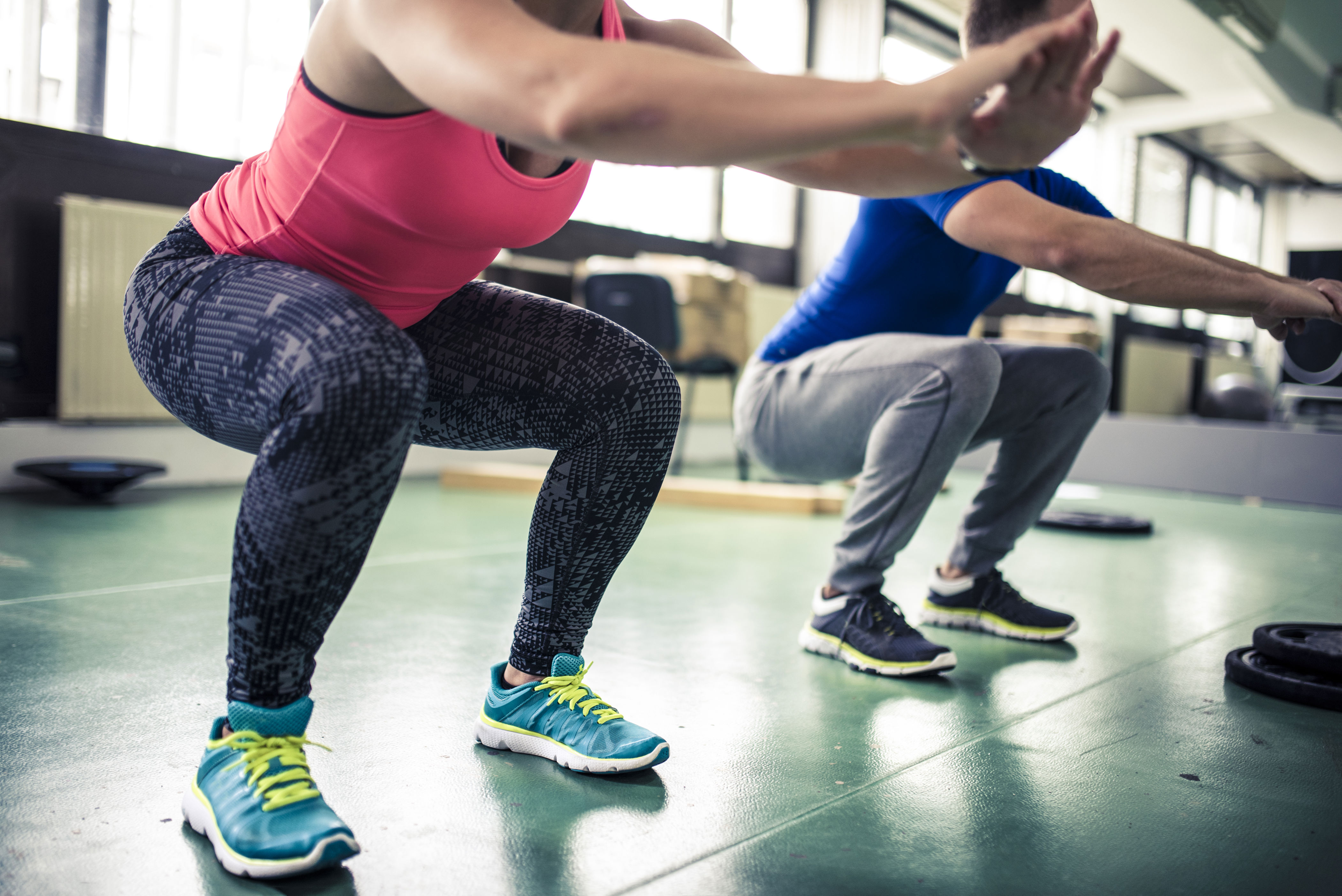
WORRIED ABOUT MUSCLE LOSS? HERE ARE 4 SIMPLE WAYS TO OFFSET IT.
If you notice that your handshake is getting weaker, a walk to the car with groceries is becoming more difficult or lifting yourself out of a chair is sometimes a struggle, you may be experiencing muscle loss. It’s something that comes with aging, inactivity, malnutrition or certain health conditions, but it’s also a result of rapid weight loss and a growing concern for people taking weight loss medications.
“Because of the substantial weight loss that occurs very rapidly with the new obesity medications, consequently, people are losing a lot of muscle. So now, people are starting to talk about maybe having an epidemic of people with low muscle mass in the future,” Carla Prado, a registered dietitian and director of the Human Nutrition Research Unit at the University of Alberta in Canada, tells Yahoo Life.
“By any means that you achieve weight loss, there’s still a risk that anywhere from 11 to 50% of that weight can come from muscle,” adds Dr. Dominique Williams, medical director and obesity specialist for the health care company Abbott. “When you don’t get enough calories from food, your body’s going to pull from its energy reserve to figure out where to get that next level of energy — and it will start to pull from muscle.”
According to Suzette Pereira, a muscle health research scientist also working with Abbott, muscle “plays a huge role” in terms of a person’s motility, or ability to move, and energy levels; research has also linked it to supporting the immune system. “So it’s really, really important to maintain muscle and preserve muscle over time,” she tells Yahoo Life.
One way to do that is by engaging in movement and exercise, as Pereira says there’s a “use it or lose it” mindset when it comes to muscle mass. But that’s only one piece of the puzzle.
“Most people only think about exercise, but nutrition is essential,” says Prado. “All interventions may likely fail if we don’t fuel the muscles properly with nutrition.”
Ready to get started? Ahead, experts share simple tips to offset muscle loss.
Hit your weekly exercise goals
Prado says that physical activity is a way to slow down all the major hallmarks of aging, including muscle loss. In the Physical Activity Guidelines for Americans, the Centers for Disease Control and Prevention notes, the current recommendation for adults is 150 minutes of moderate-intensity physical activity and two days of muscle strengthening activity per week. The more intense a workout is, the less time needed to hit that weekly target; jogging, or taking part in another vigorous activity, for 75 minutes each week is the equivalent of 150 minutes of brisk walking, for example.
Up your protein
Williams recommends getting 25 to 30 grams of protein with each meal. She points to protein shakes as an efficient way to increase protein intake and offset muscle loss.
Protein powders are even more versatile, according to registered dietitian Avery Zenker. She tells Yahoo Life that they can be added to “oatmeal, pancakes, yogurt or baking recipes to boost protein content.”
Zenker also recommends food swaps, like replacing regular pasta with chickpea pasta as a convenient way to make meals more nutrient-dense. “Chickpea pasta is rich in protein and fiber, which helps in muscle synthesis and repair,” she says. “It can even work in salads and pasta salads.”
Try rucking
Eric Cohen, a CrossFit trainer and the co-founder of 99 Walks, recommends rucking, which is walking with a weighted pack on your back. While there are specialty weighted rucking packs available, filling a backpack with some water bottles or books also does the trick. “The weighted pack engages muscles in your back, shoulders and core to support the additional load,” Cohen tells Yahoo Life. “Plus the load adds force to each step, creating a stimulus for leg and lower body muscle to compensate and maintain or build strength.”
According to Cohen, rucking “has double value as it also builds cardiovascular fitness at the same time.” It’s accessible and allows for building up weight and duration over time, he adds.
Do squats
Squats are perfect for stimulating muscles, according to certified personal trainer and strength and conditioning coach Natalie Kollars. For an extra challenge, hold a barbell while you lower and lift.
Kollars recommends pushing the heels through the ground on the way back up, and pulling the belly button in toward the spine “to keep the abs tight” during the move. (And for more pointers, refer to this handy tutorial.)
“Although primarily a lower body exercise, the entire core and some of the upper body are working too,” Kollars says.
2024-03-26T14:26:56Z dg43tfdfdgfd